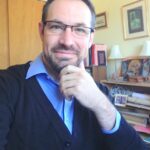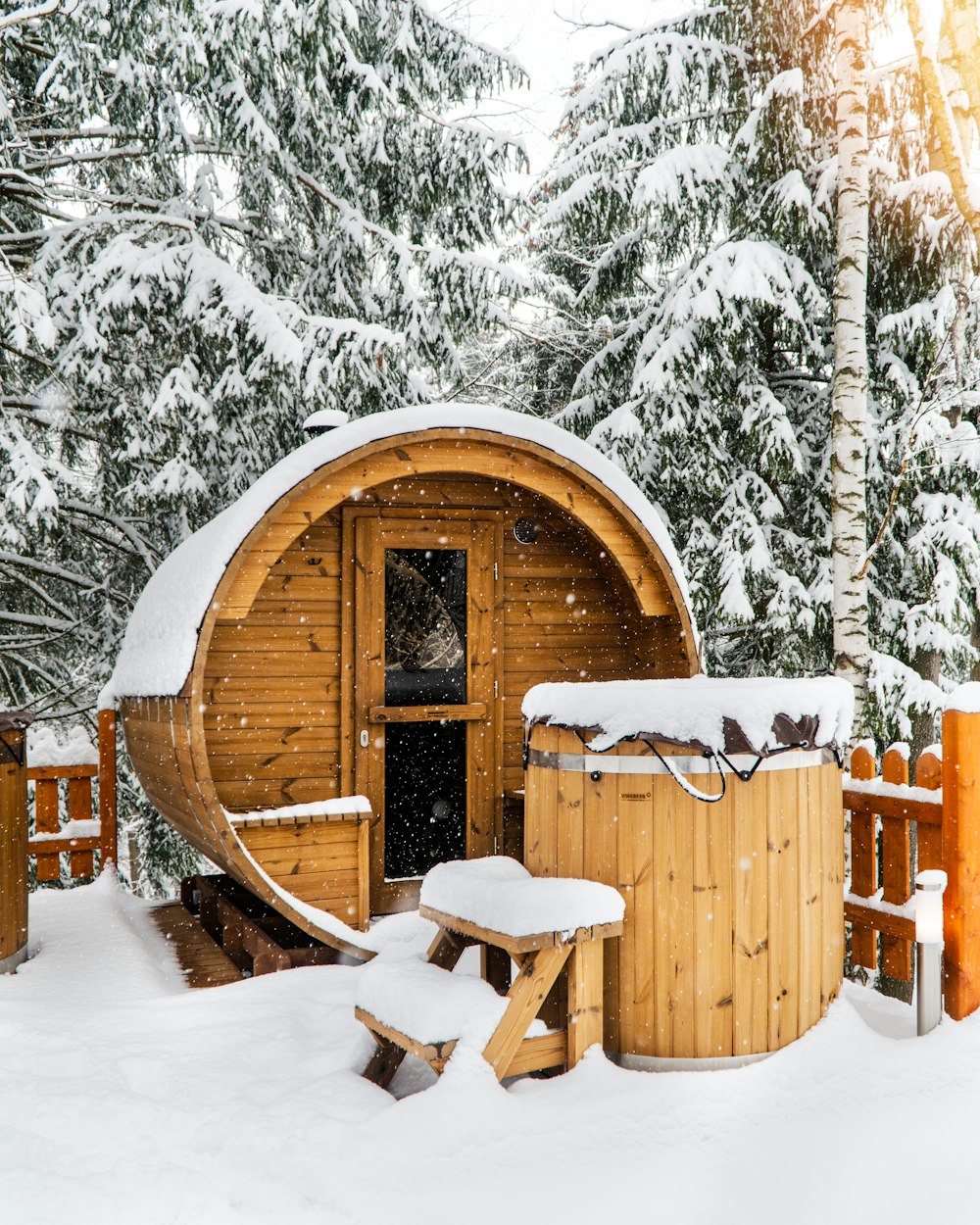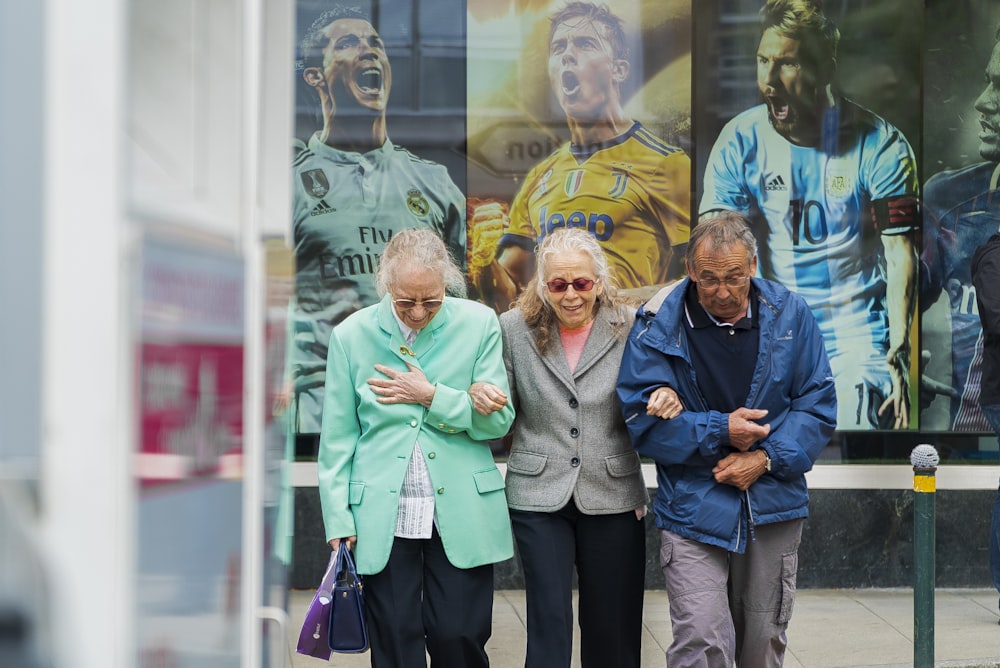I would like to think most days that I am aging gracefully. It is a strange transition to go from being young or relatively young to most definitely middle-aged. I’m in my forties now and can enjoy that much of the hard work of my younger years is paying off, while I still feel like I have the capacity and drive to learn new things.
Meanwhile, my body is definitely showing signs of wear and tear. On Sunday, on a hillside overlooking the Missoula and Bitterroot valleys here in southwest Montana, I hoisted my 40-pound toddler onto my back for a hike. Around 10 years ago, on one of my first multi-day backpacking trips, I started with over 45 pounds of gear. On that hike, I walked an average of around 15 miles a day. On Sunday’s hike, I maybe went 2 miles. So I should have been fine.
But I wasn’t. I am out of shape and the backpack didn’t fit as well, leading my shoulders and upper back to ache more and more as the evening pressed on.
Sauna
Speaking of some of my work paying off, I now live in a house with a full-fledged sauna. I would have never thought to put one in myself, so it was just luck that the house we were able to purchase had one in the back yard. For the first 6 months of living here, the sauna was just a storage room. But finally, in the depth of winter last year, I cleaned it out and had my first “sit.”
I was hooked. Electricity bills be damned (I figured it costs about a dollar to spend 45 minutes in the sauna in the dead of winter, but about half of that in the summer because it heats up so much faster), I was out there nearly every other day for the first two months and diving in to the health effects of sauna use. Turns out, there are many positive health effects from what the data tells us.
Aging well, a Doctor’s View
Dr. Daniela J. Lamas, a critical-care doctor writing for The New York Times, tells us that doctors and nurses regularly give a patient’s age along with their medical problem. This helps them narrow down diagnoses and plans of action almost instantly: a 30-year-old with sudden trouble breathing is treated differently from an 80-year-old with the same problem.
Having an age also helps doctors guess at the context and sources of an illness. Younger people are more likely to travel and to use recreational drugs. Older people are more likely to have chronic comorbidities and to react poorly to invasive treatments. On the treatment side, a 30-year-old might be a candidate for aggressive chemotherapy, while an 80-year-old might be given gentler treatments and palliative care.
Dr. Lamas also writes of the importance of accepting our aging bodies and understanding the changes that will take place. She tells us about discovering a mole on her own 41-year-old body that she thinks is cancerous but finding out that it is just age spots. It takes a moment for it to dawn on her that she is at the age when such spots commonly arise.
Understanding that our bodies will change over time is knowledge. Reacting with acceptance over the unwelcome changes and working to stay healthy and strong in our changing age-appropriate ways is wisdom.
The Psychology of Aging
Psychologist Erik Erikson tells us that the primary psychosocial task of growing older is to achieve a sense of integrity by accepting one’s life as a whole, with all its successes and failures.
Integrity doesn’t require us to be perfect. But it develops as we more deeply acknowledge our failings and work to learn from them. Even if it takes us many mistakes before we learn, the key to integrity is simply in that learning. Perhaps something we learn is precisely that we make mistakes.
Many of us judge ourselves too harshly. A good measure for if we’re judging ourselves harshly is if we find ourselves judging others. Whether we know it or not, we apply our attitudes of others onto ourselves, often much more forcefully. Think of how many of those conservative men who spew anti-LGBTQ rhetoric for years, only to come out as gay (or be caught) later in life. Or the women who so closely scrutinize the clothing, hair, or weight of other women, only to reveal to their closest friends that they are deeply ashamed of themselves.
The other side of these attitudes is that if we can be more accepting of ourselves, faults and foibles included, we can also be kinder to others. Perhaps we realize we’re sometimes attracted to people of the same-sex, but still prefer to consider ourselves straight. Accepting this might make us more accepting of people at all ages who realize they are gay or bi or trans.
As Erikson suggests, this is a psychosocial process—it is not just psychological and it is not just social. The changes in our minds reflect changes in the world, through our wider perception of others and/or our behavior toward them.
Enjoy it. There’s no Turning Back
Medical technology is developing rapidly. Scientists think that the first person to live to 150 has already been born. Those who are capable of accessing good medical care and quality foods and exercise currently live 10 injury-and-illness years longer than those who are not. For many, this is a matter of the luck of where you are born, but for others, these things can be found as they earn and save more money.
Ten healthy years is a long time. It is hard to think of those late years in our own lives. But we can look more to the short term, working to improve health, both psychological and physical, in the here and now.
 Justin Whitaker, Ph.D., holds a doctorate in Buddhist ethics from the University of London. He has given lectures, and taught Buddhist studies and Philosophy at Oxford University, the University of Hong Kong, the University of Montana, and at Antioch University’s intensive study-abroad program in India. A certified meditation teacher, he is a regular contributor to Patheos.com, and Senior Correspondent for Buddhistdoor Global. Justin is the official blog writer for Sunflower Counseling MT in Missoula, Butte, Kalispell, Billings, and surrounding areas. He lives in Missoula with his family.
Justin Whitaker, Ph.D., holds a doctorate in Buddhist ethics from the University of London. He has given lectures, and taught Buddhist studies and Philosophy at Oxford University, the University of Hong Kong, the University of Montana, and at Antioch University’s intensive study-abroad program in India. A certified meditation teacher, he is a regular contributor to Patheos.com, and Senior Correspondent for Buddhistdoor Global. Justin is the official blog writer for Sunflower Counseling MT in Missoula, Butte, Kalispell, Billings, and surrounding areas. He lives in Missoula with his family.



